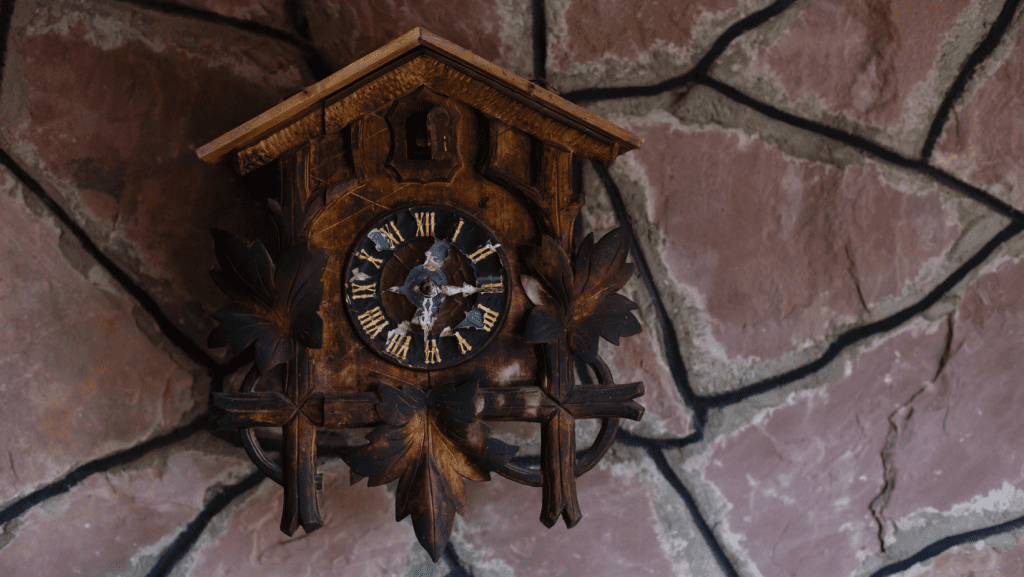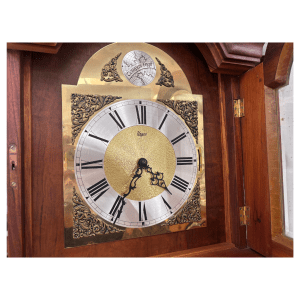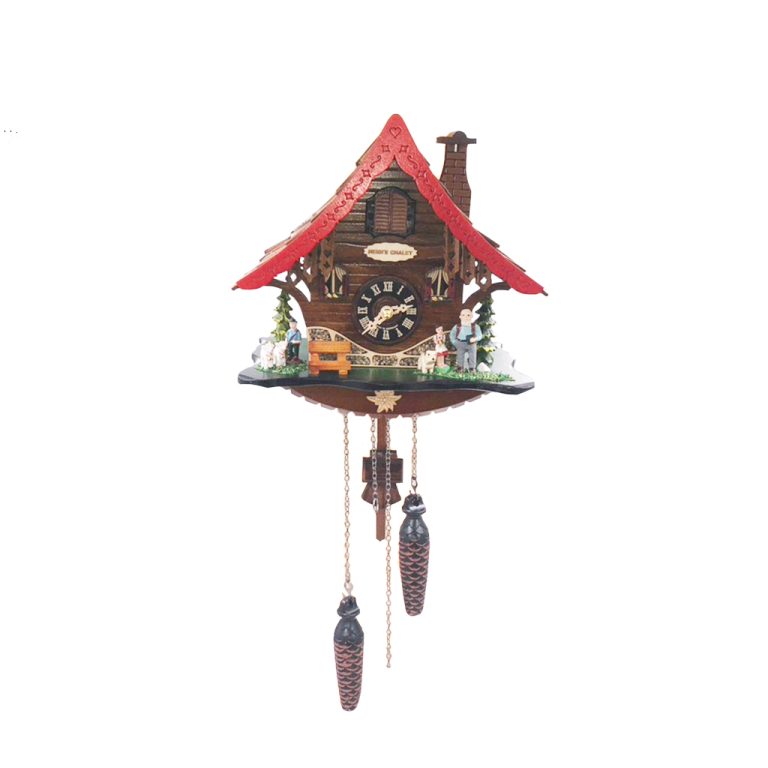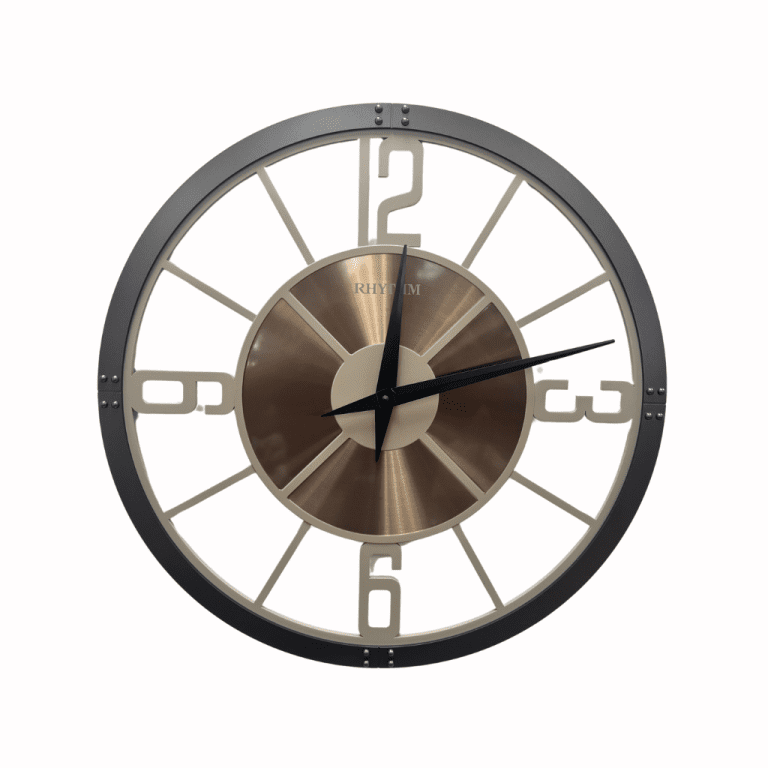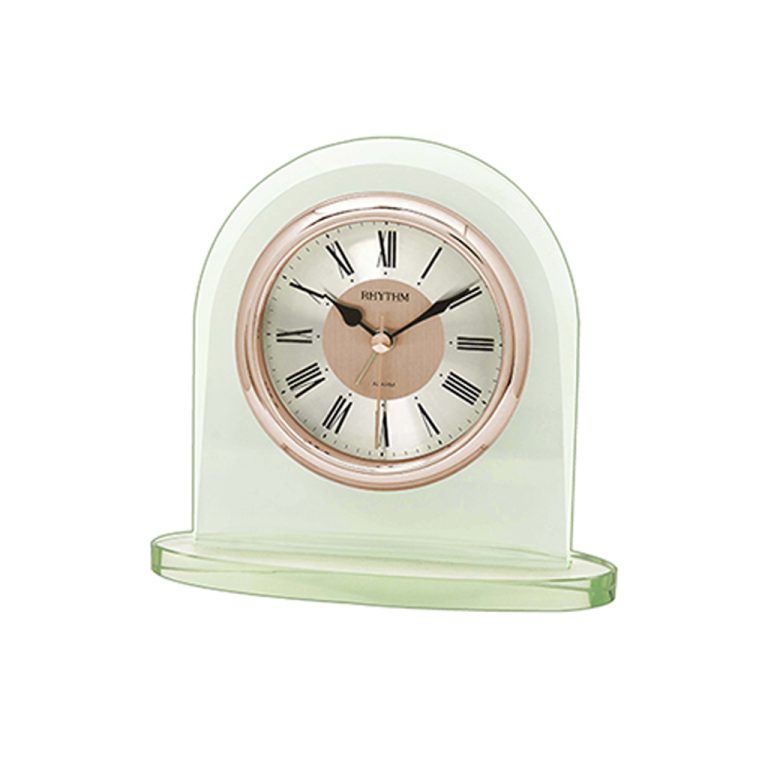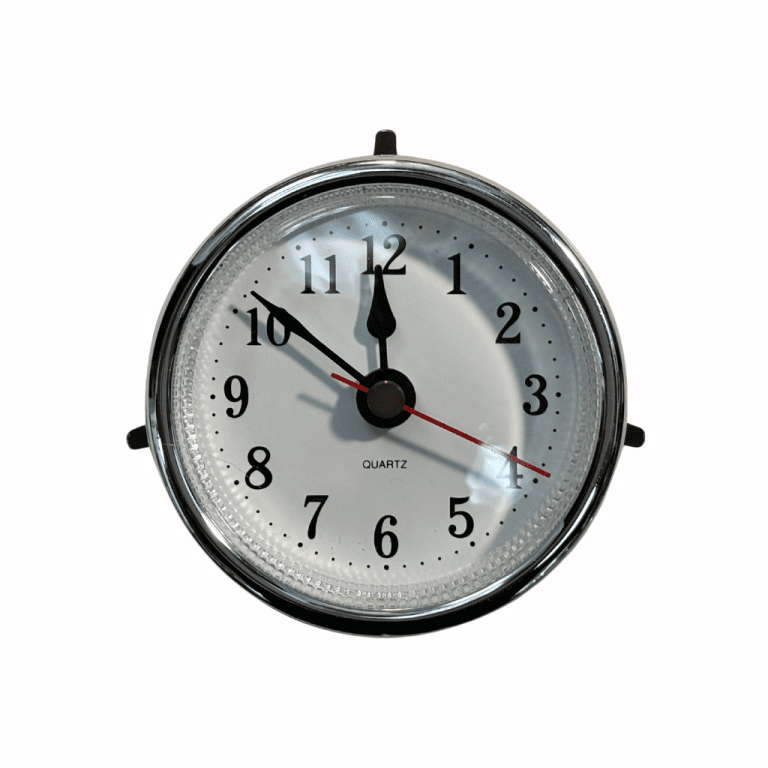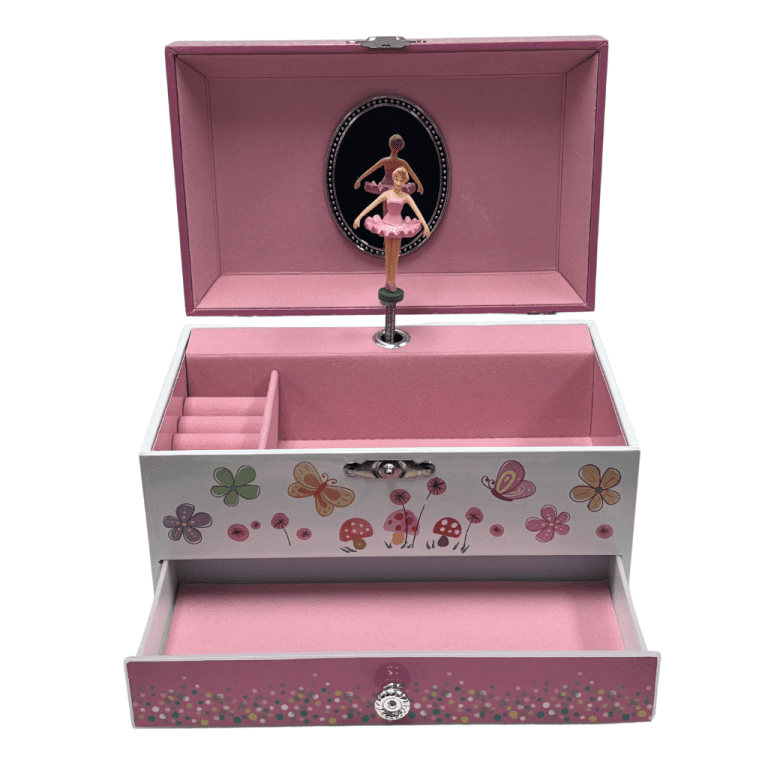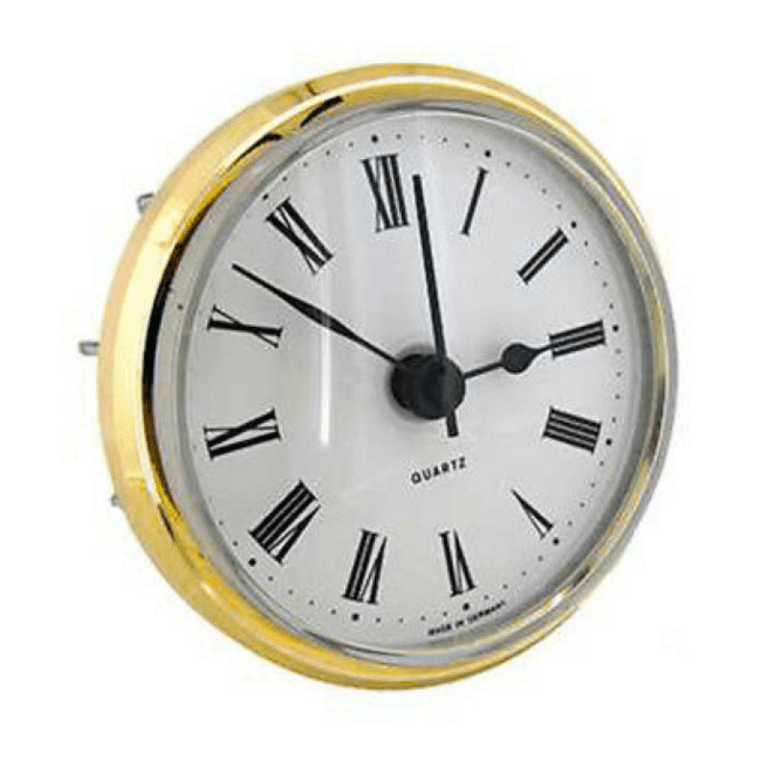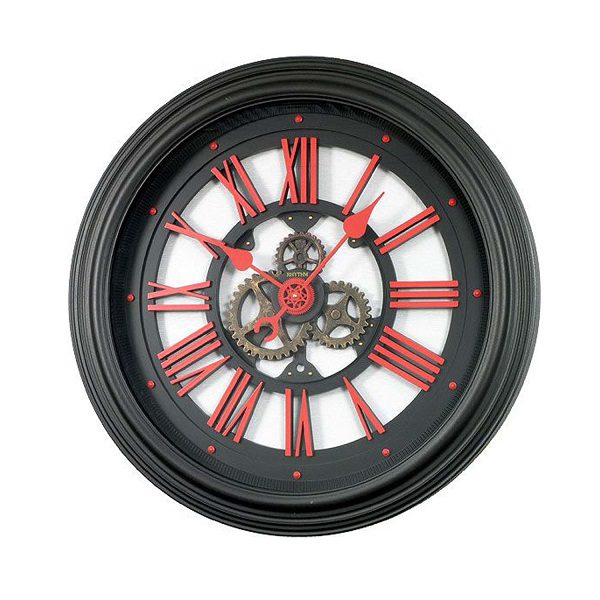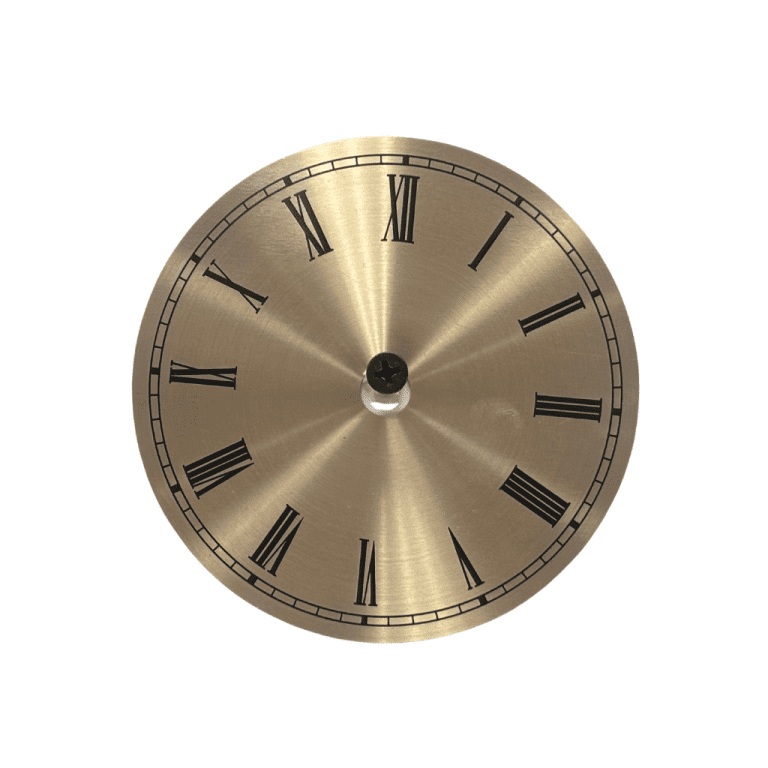How do these bird-ejecting timepieces work? A cuckoo clock is a specialized type of pendulum-regulated (traditionally) timepiece that, as well as striking the hour like a normal clock, releases a small model cuckoo and its audible call too. The clock works through a series of internal and external components that, together, eject the cuckoo and play its call in time with the faceplate’s hands.
The cuckoo clock was invented in its ‘modern’ form during the 16th century in Germany, and since has diversified into three main types: Black Forest, Swiss chalet and modern quartz.
The first type is considered both the most traditional – it was in the Black Forest area that the first modern cuckoo clocks were created – and most valuable, as all cuckoo clock manufacture in the region is quality controlled. These clocks have full mechanical movements, requiring them to be frequently wound, and are driven by weights that hang down beneath the clock. These movements come in two distinct types: one-day and eight-day.
The second type is the chalet cuckoo clock, which was invented in the late-i9th century in Switzerland. These clocks resemble wooden chalets and use either mechanical or quartz movements depending on their quality. A quartz movement differs markedly from a mechanical one in that it is powered by batteries rather than by winding and weights. The quartz movement works by using an electronic oscillator that is regulated by a quartz crystal to keep time, the oscillator creating a signal with a very precise frequency. Chalet cuckoo clocks also differ from Black Forest varieties in that they commonly have extra moving model features in addition to the traditional bird, such as woodcutter and housemaid figures.
The newest variant of cuckoo clock is the modern quartz. These tend to be more pared back in design and feature non-traditional internal mechanisms – for example, modern quartz cuckoo clocks produce their birdsong electronically via a digital recording, rather than the traditional dual bellows array.
Facts about cuckoo clocks
Prince – The first known description of a modern cuckoo clock comes from a 17th-century German, who wrote of Prince Elector August von Sachsen owning one.
Black Forest – The clock’s popularity grew during the 18th Century, with Germany’s Black Forest at the heart of production. Today they can cost thousands of pounds.
Chalet – Through the 20th Century cuckoo clocks were commonly built in the shape of a wooden chalet, a style that originated in Switzerland, where they were sold as souvenirs.
Minimalist – Today, cuckoo clock design has become more varied both in form and function, with traditional and chalet, along with more modern, timepieces all available.
Totally cuckoo – The world’s most extensive and finest collection of cuckoo clocks is at the Cuckooland Museum in Cheshire, England.

